It can be fun to breed your own zinnias - Part 18
zen_man
11 years ago
Related Stories

PETSWhat Chihuahuas Can Teach Us About Interior Design
Who knew these tiny dogs could be such a huge fount of design tips? Houzzers did
Full Story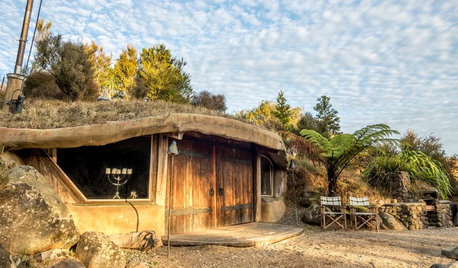
FUN HOUZZWe Can Dream: Hobbit Houses to Rule Them All
Escape the real world and explore your Middle-earth fantasies
Full Story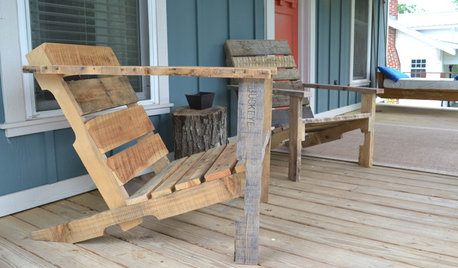
WOODWORKINGBuild Your Own Wooden Deck Chair From a Pallet — for $10!
Take the ecofriendly high road with a low-cost outdoor chair you make yourself
Full Story
KITCHEN DESIGNKick Back in Comfort in Your Own Kitchen Lounge
Keep the cook company or just relax solo in a kitchen hangout with all the comforts of a lounge
Full Story
LIFETime Travel to Houzzers' Childhood Homes, Part 2
Catch a glimpse of kit houses, bungalows, Tudors and more just as they were way back when — and listen in on the intriguing personal stories
Full Story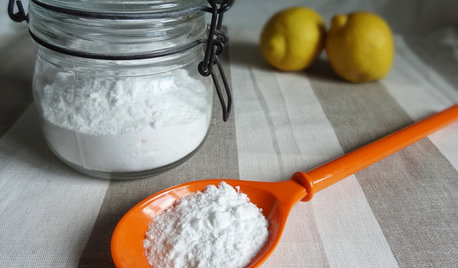
HOUSEKEEPINGBaking Soda: The Amazing All-Natural Cleanser You Already Own
Battle grime, banish odors and freshen clothes with this common nontoxic cupboard staple
Full Story
EDIBLE GARDENSHow to Grow Your Own Sweet Summer Crops
This guide will help any gardener get started on growing the freshest warm-season veggies and berries for summer
Full Story
HOUZZ TVHouzz TV: This Dream Midcentury Home in a Forest Even Has Its Own Train
Original wood ceilings, a cool layout and, yes, a quarter-scale train persuaded these homeowners to take a chance on a run-down property
Full Story
INSPIRING GARDENSWhat We Can Learn From Longwood Gardens’ New Meadow
Sustainability, ecology, native plant communities ... this public garden is brimming with lessons on horticulture for home gardeners
Full Story
BUDGET DECORATINGThe Cure for Houzz Envy: Entryway Touches Anyone Can Do
Make a smashing first impression with just one or two affordable design moves
Full StorySponsored
Columbus Area's Luxury Design Build Firm | 17x Best of Houzz Winner!



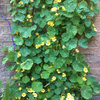
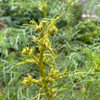
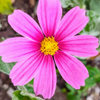
zen_manOriginal Author
jackier_gardener
Related Discussions
It can be fun to breed your own zinnias - Part 27
Q
It can be fun to breed your own zinnias - Part 17
Q
It can be fun to breed your own zinnias - Part 30
Q
It can be fun to breed your own zinnias - Part 48
Q
zen_manOriginal Author
zen_manOriginal Author
woodnative
zen_manOriginal Author
jackier_gardener
zen_manOriginal Author
jackier_gardener
zen_manOriginal Author
ninecrow
jackier_gardener
zen_manOriginal Author
zen_manOriginal Author
jackier_gardener
zen_manOriginal Author
jackier_gardener
jackier_gardener
zen_manOriginal Author
zen_manOriginal Author
Hyakujo
Hyakujo
zen_manOriginal Author
bugbite
zen_manOriginal Author
bugbite
zen_manOriginal Author
jackier_gardener
zen_manOriginal Author
docmom_gw
zen_manOriginal Author
Neoalx
zen_manOriginal Author
jackier_gardener
jackier_gardener
jackier_gardener
bugbite
zen_manOriginal Author
bugbite
docmom_gw
jackier_gardener
zen_manOriginal Author
zen_manOriginal Author
jackier_gardener
docmom_gw
zen_manOriginal Author
jackier_gardener
zen_manOriginal Author
jackier_gardener
zen_manOriginal Author